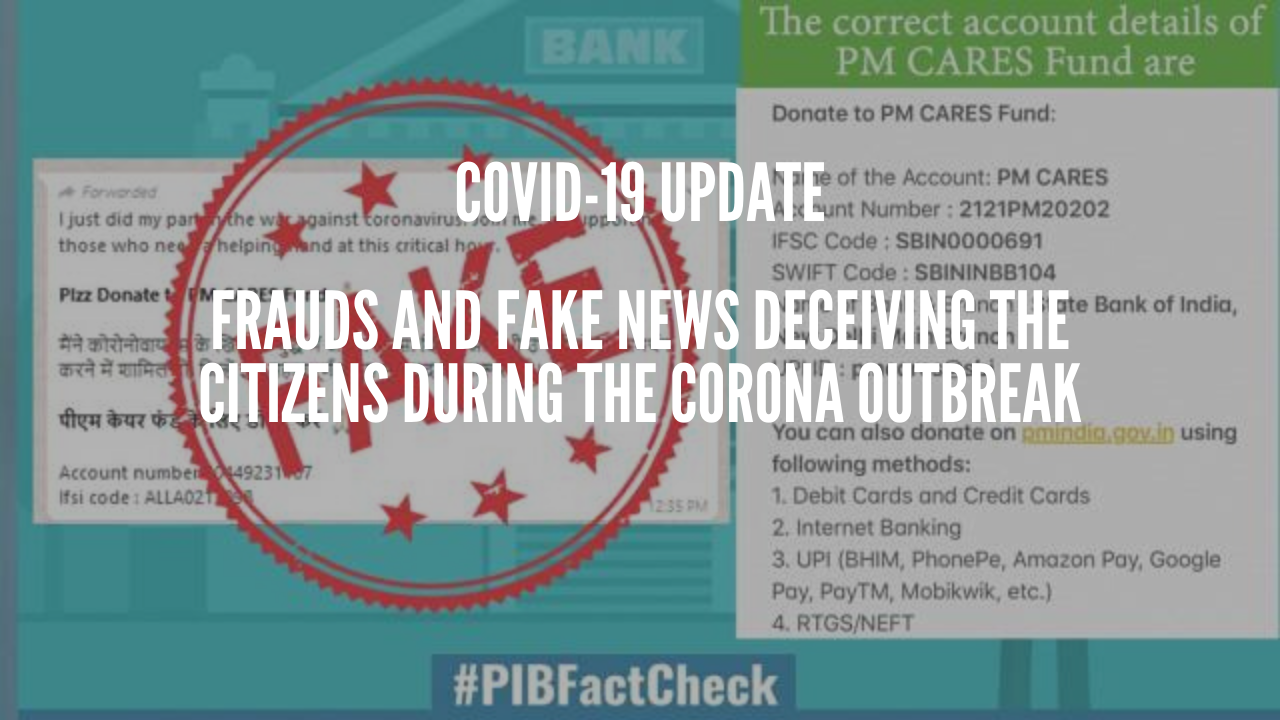The creation of fraudulent websites has grown common today. The resemblance of these fake websites can deceive the user into giving up the personal details through cross-site scripting which is commonly known as XSS. Here’s everything you need to understand about XSS.
Websites have grown to become complex today. Even the simplest-looking website has the dynamic content fused with the static to make the user’s experience more enjoyable. Dynamic content has been introduced to satisfy every genre of people. It delivers different output to different users depending on their settings and needs. However, these dynamic websites are more prone to XSS attacks.

Designing web applications without any vulnerabilities is a challenging task. The attacker might take advantage of these vulnerabilities present in a webpage. These loopholes, in this case, XSS holes are used to inject their malicious code. That code might have the capability to steal user’s sensitive data such as credentials or even worse, this might live persistently to attack multiple users. The malicious code injected gathers information from hyperlinks which when clicked by the user gets executed and sends the user’s data to the attacker. The malicious portion of the link appears genuine to the user, so the request might seem less suspicious looking to the user who clicks on.
The motto behind XSS attack is to gain access to the user’s personal space to steal their data and not to destroy the website. They trigger the execution of XSS scripts on a user’s machine known as client-side scripts usually coded in JavaScript or HTML. Several guestbook and forum programs are used which enables to inject client-side scripts into web pages viewed by other users. For instance, if ‘Alice’ logs in and reads the message by ‘Bob’ which contains the malicious JavaScript in it, then Bob can capture Alice session and read her details from his bulletin board post.
An XSS attack is more critical than imagined. The session cookie theft is one of their common targets. A session cookie verifies the user’s identity on a website. As we know, cookies keep track of user’s information which enables the user to stay logged in for the next time he visits. The XSS attacker aims at stealing this information to impersonate the user in his next active session. Once the attacker gains these details, he’ll be able to take over the user’s profile. The attacker can manipulate the user’s social media, edit information such as password details, personal/account details, etc. If the attacker, for instance, steals the session cookie of Flipkart website he can see the previously stored credit card details of the user.
It is important to understand how big of a threat XSS attack is. However, this attack is an endless topic. Stay tuned for more information on XSS attack. Here, I present another simple yet dangerous attack in the cyber-attack set.





